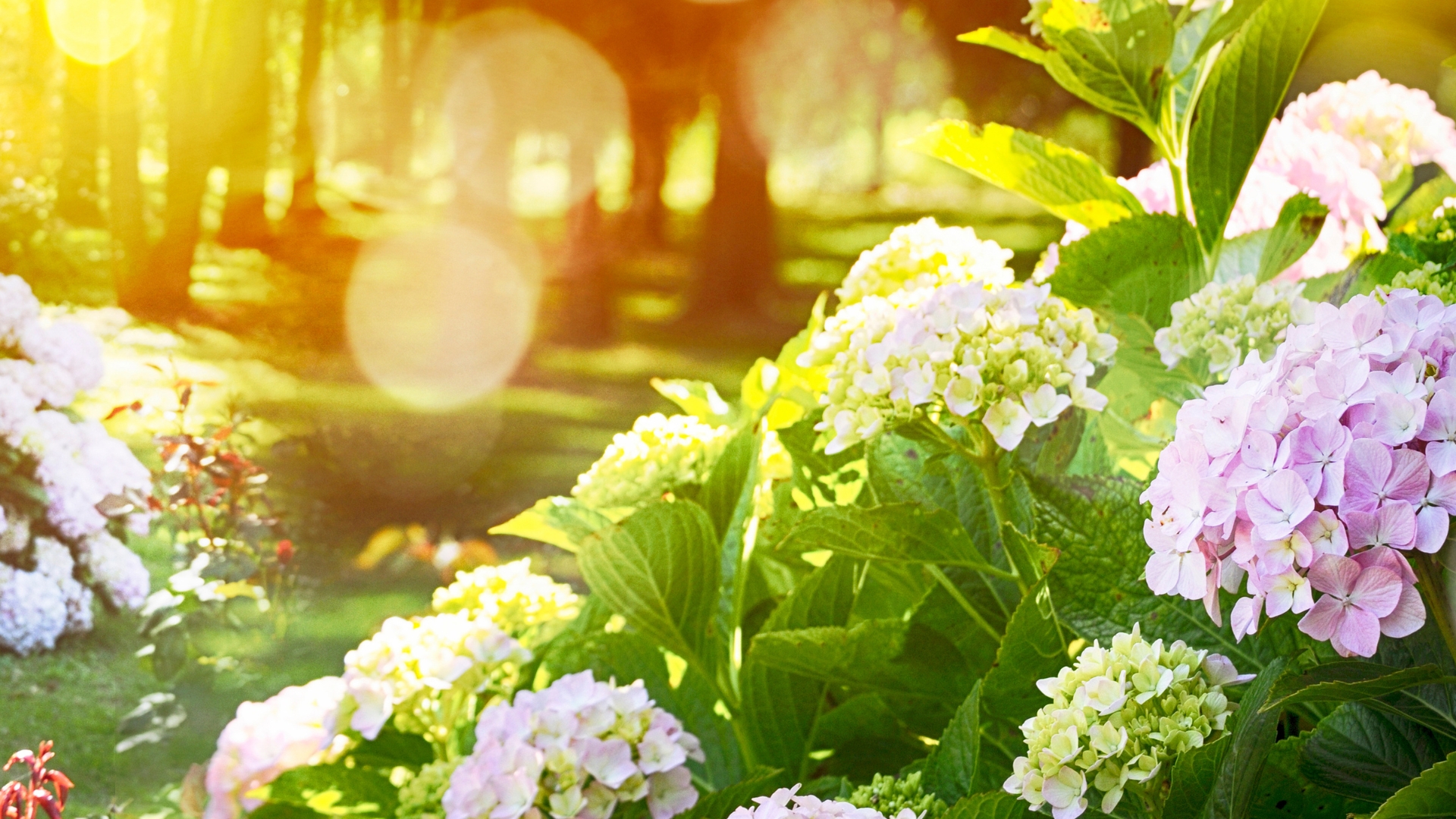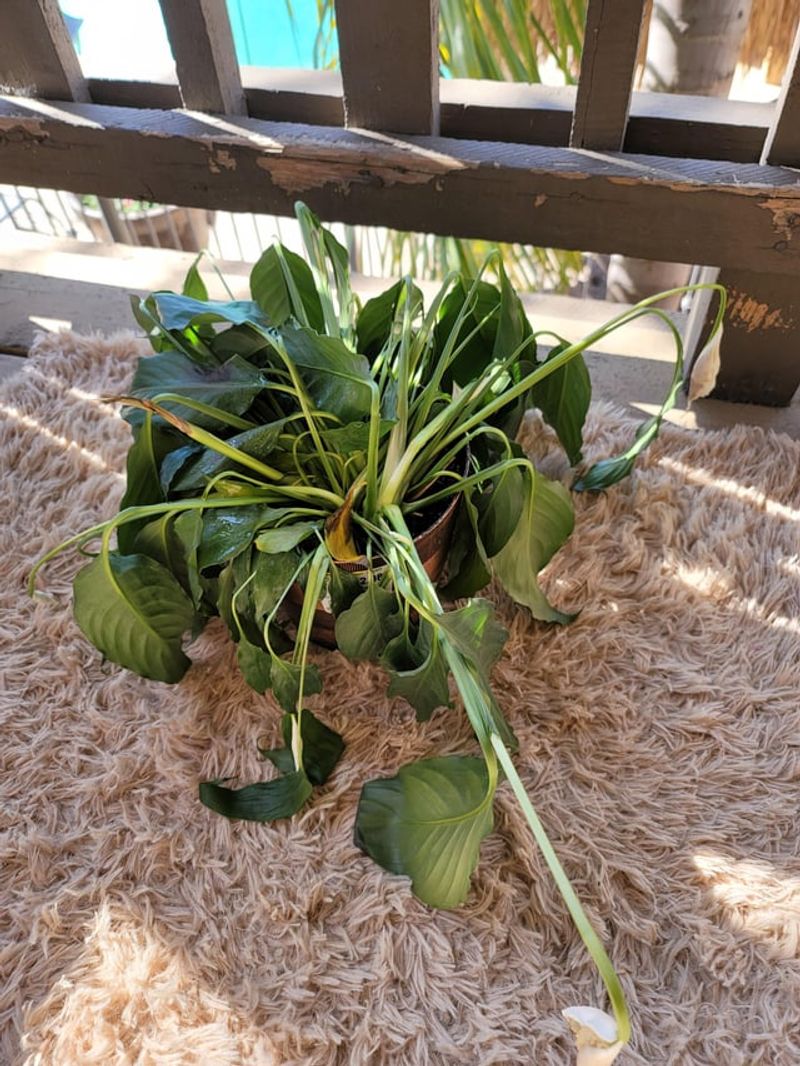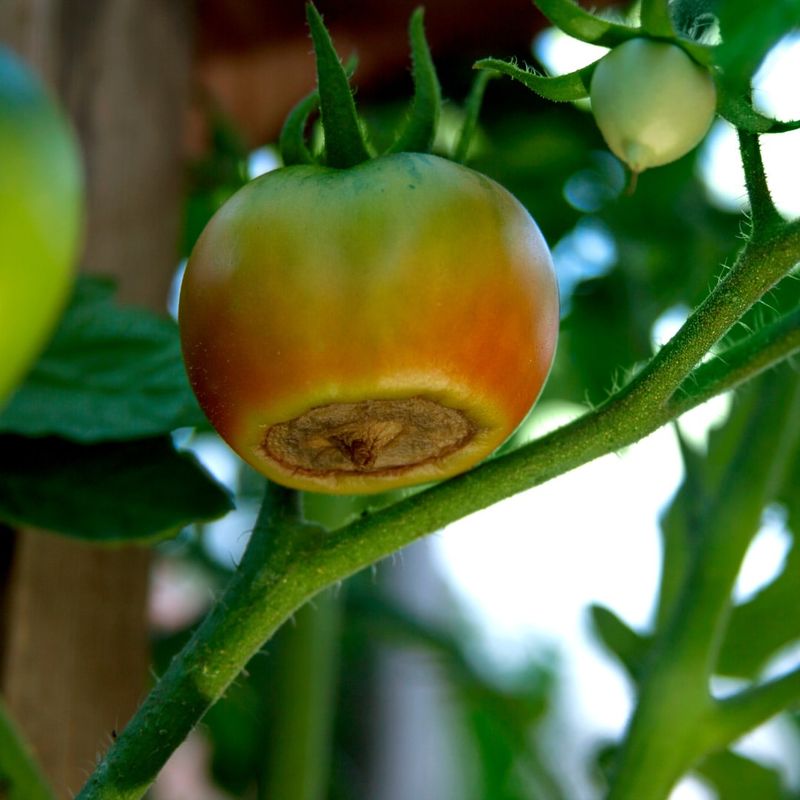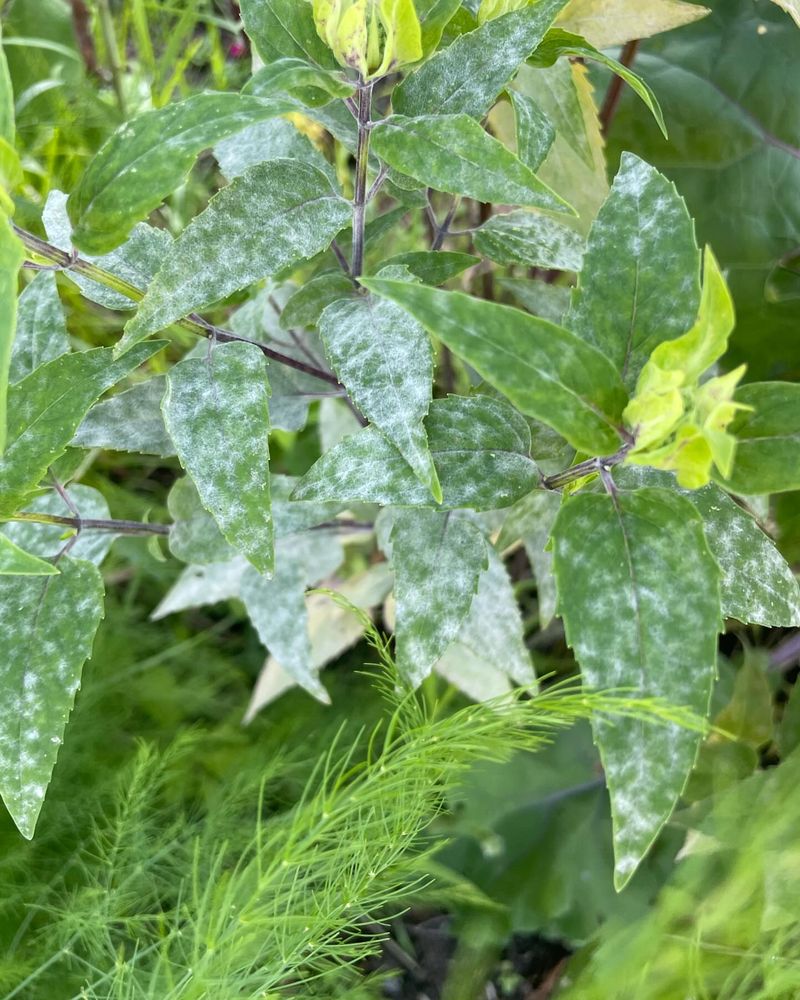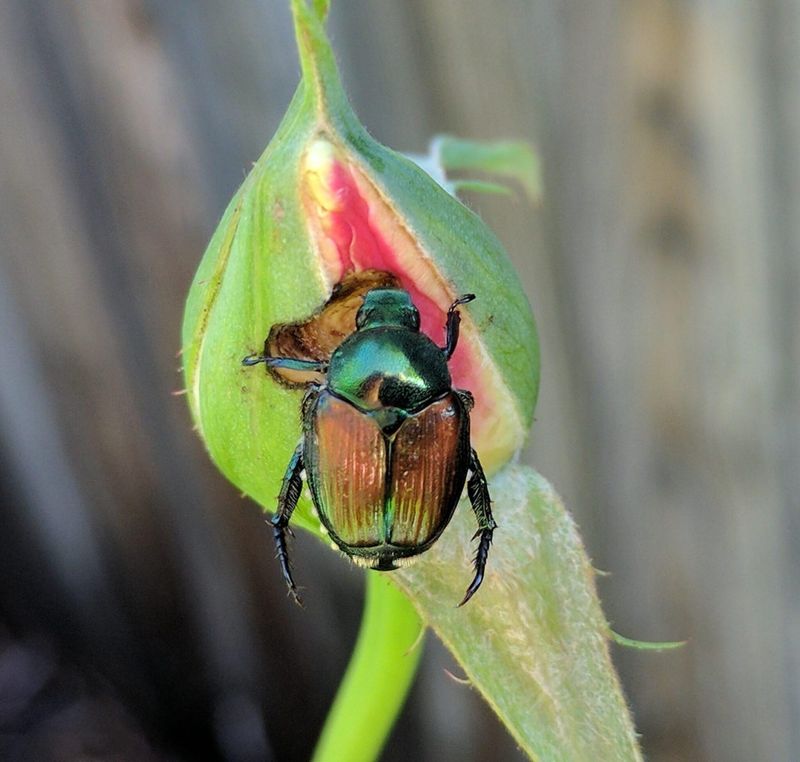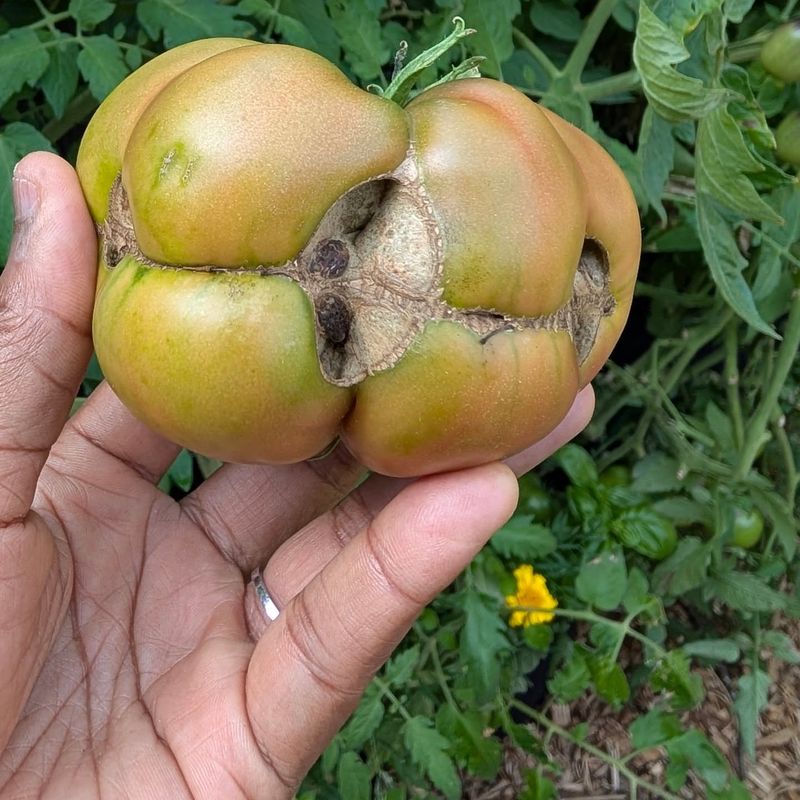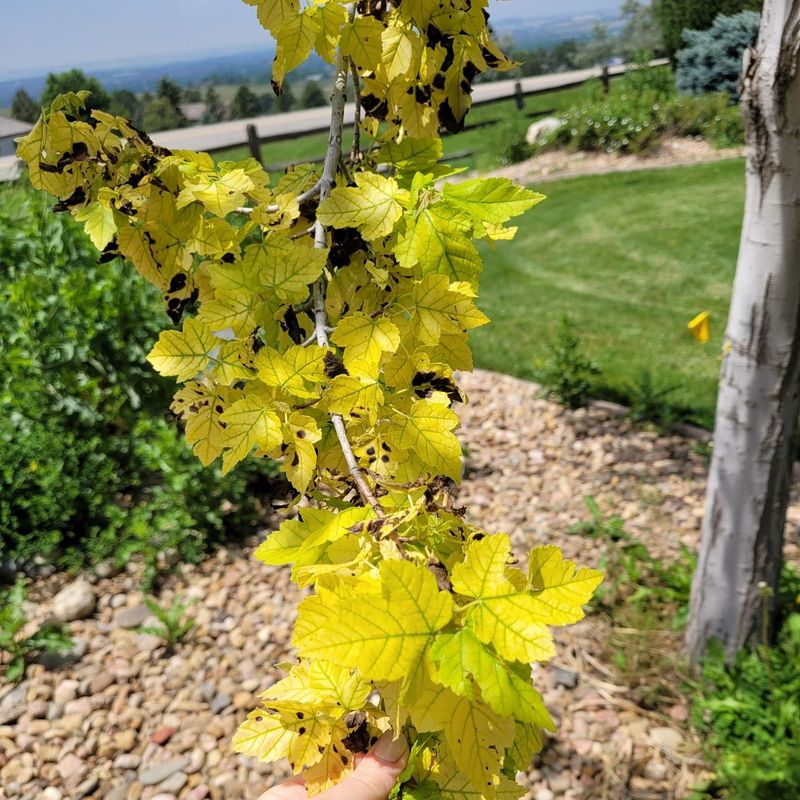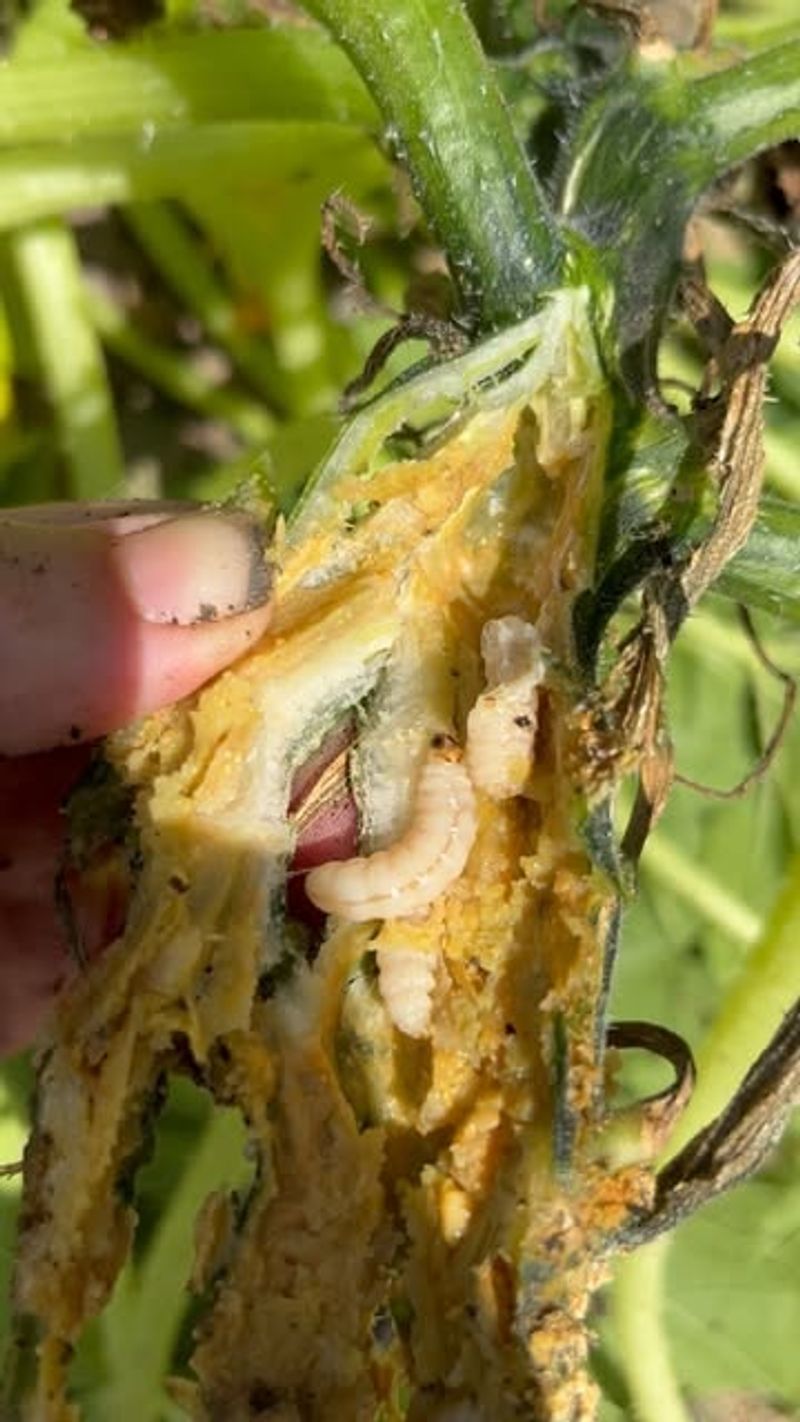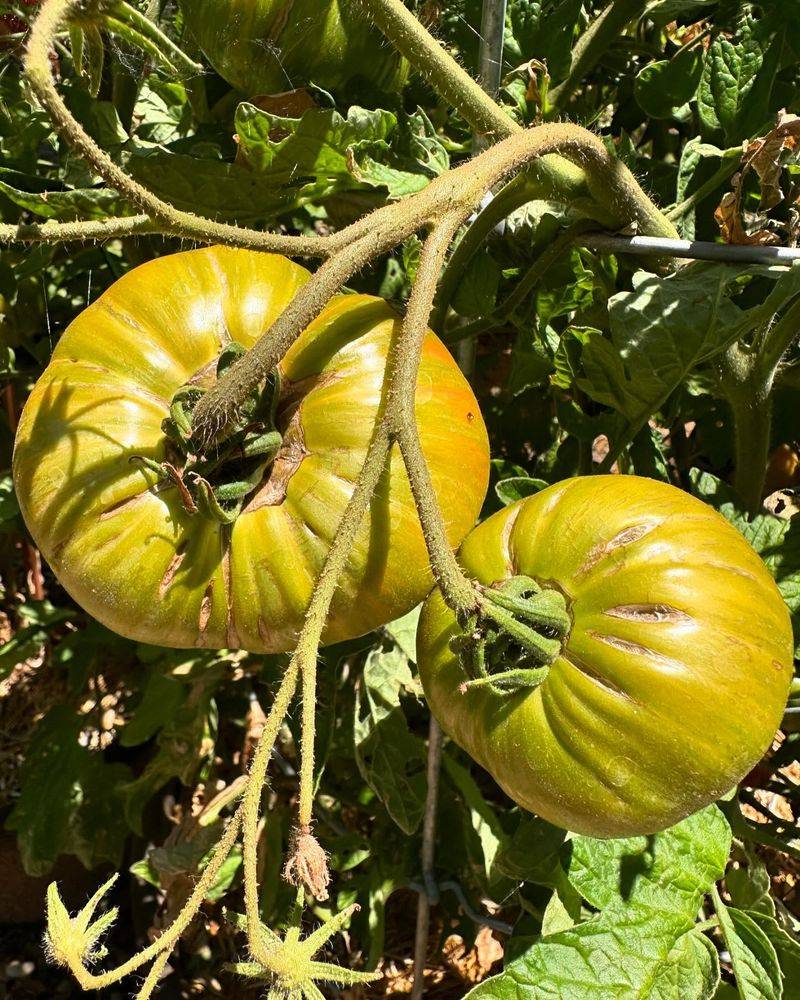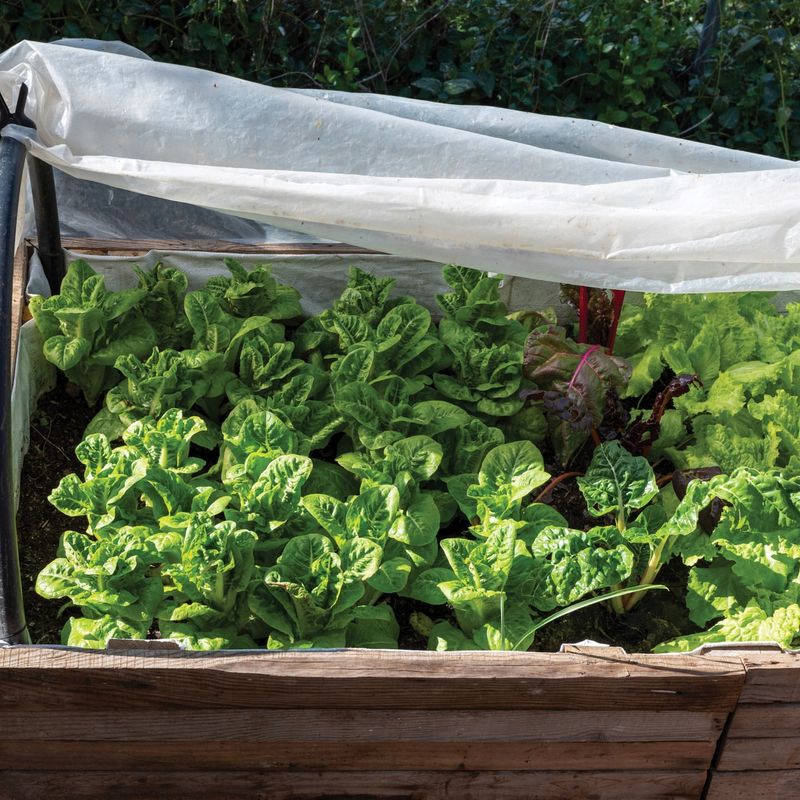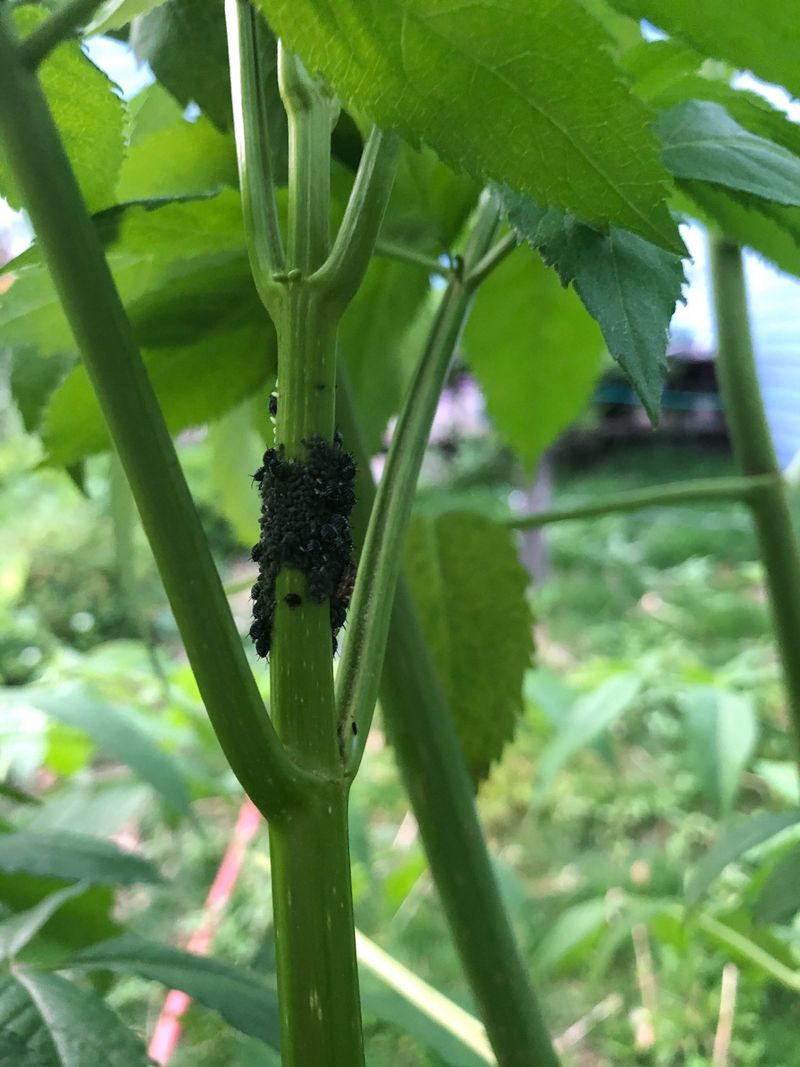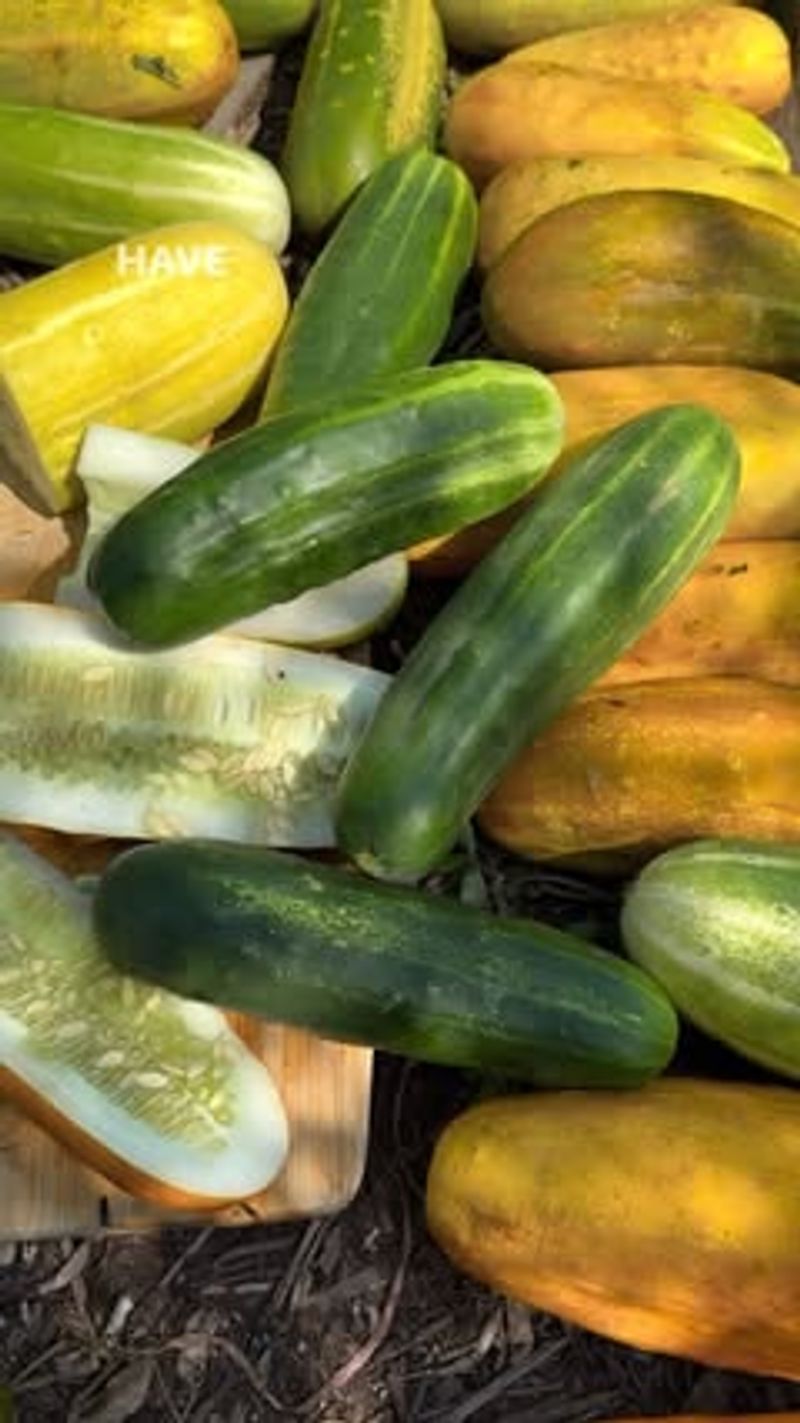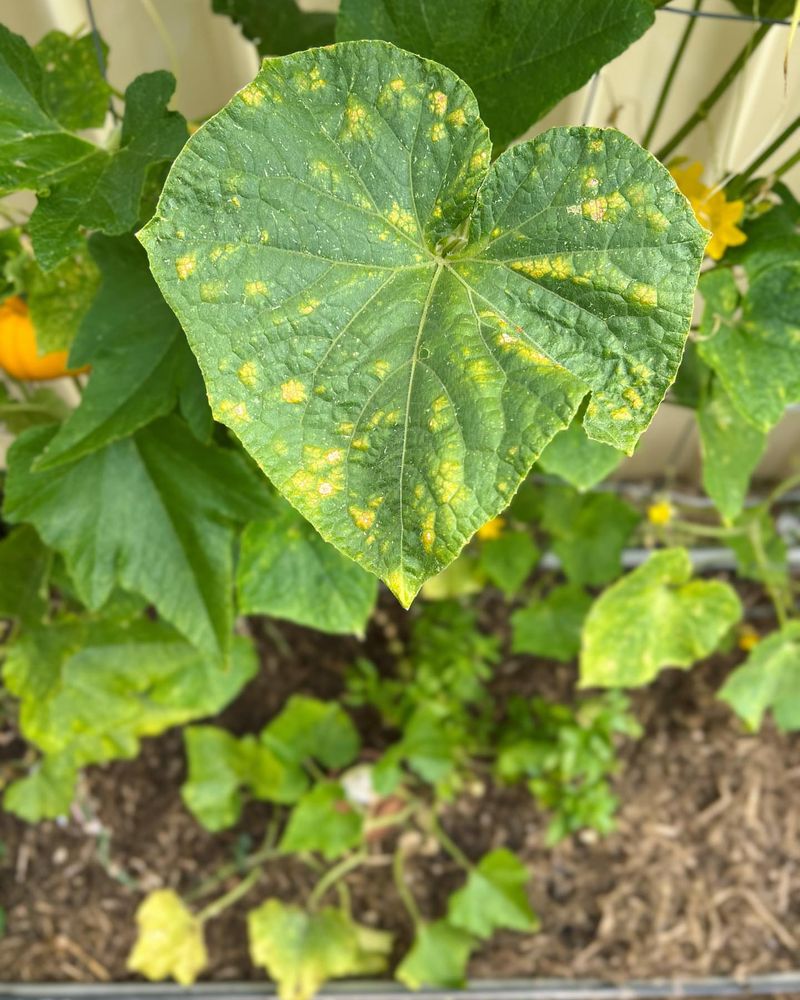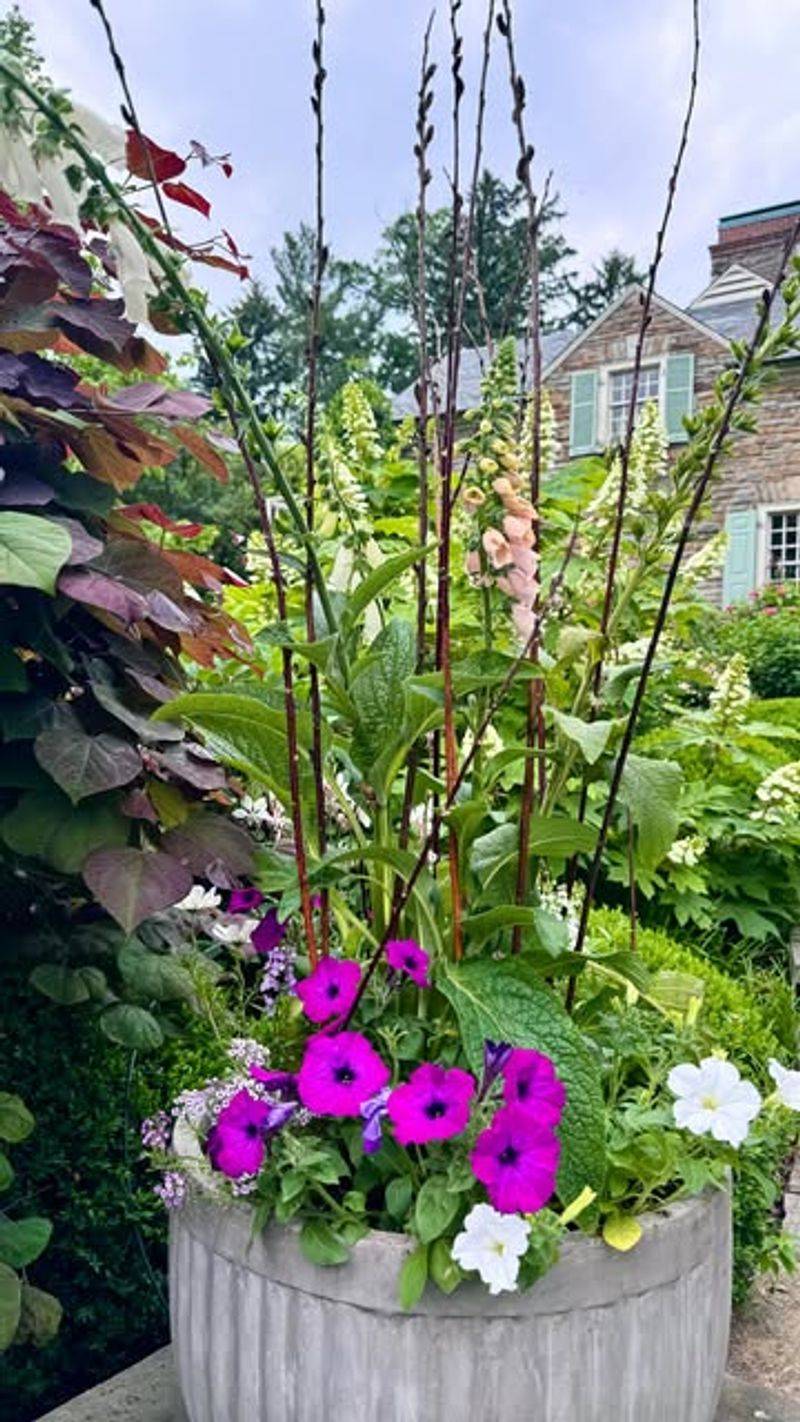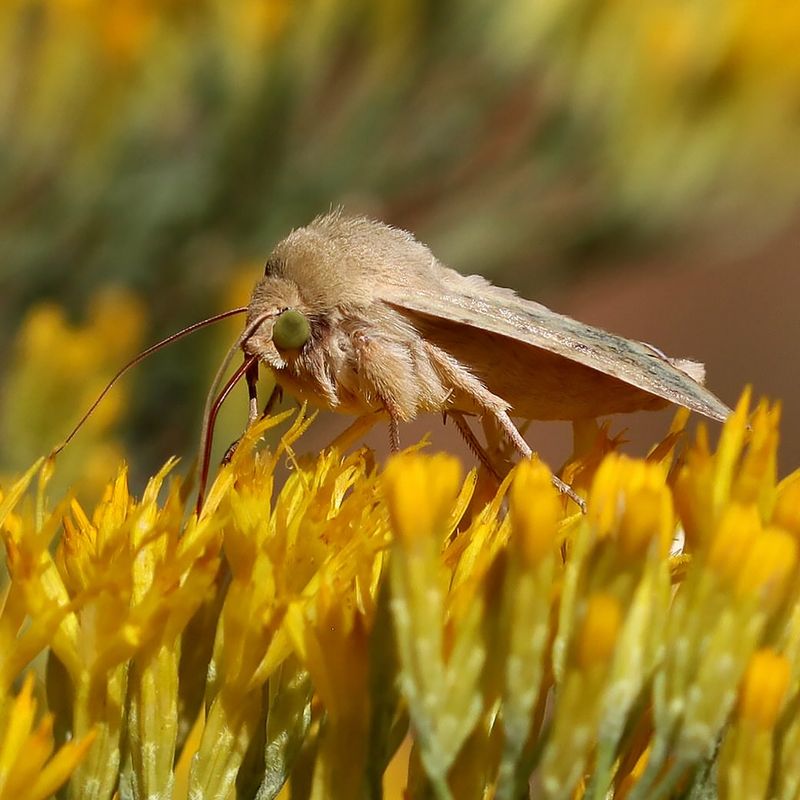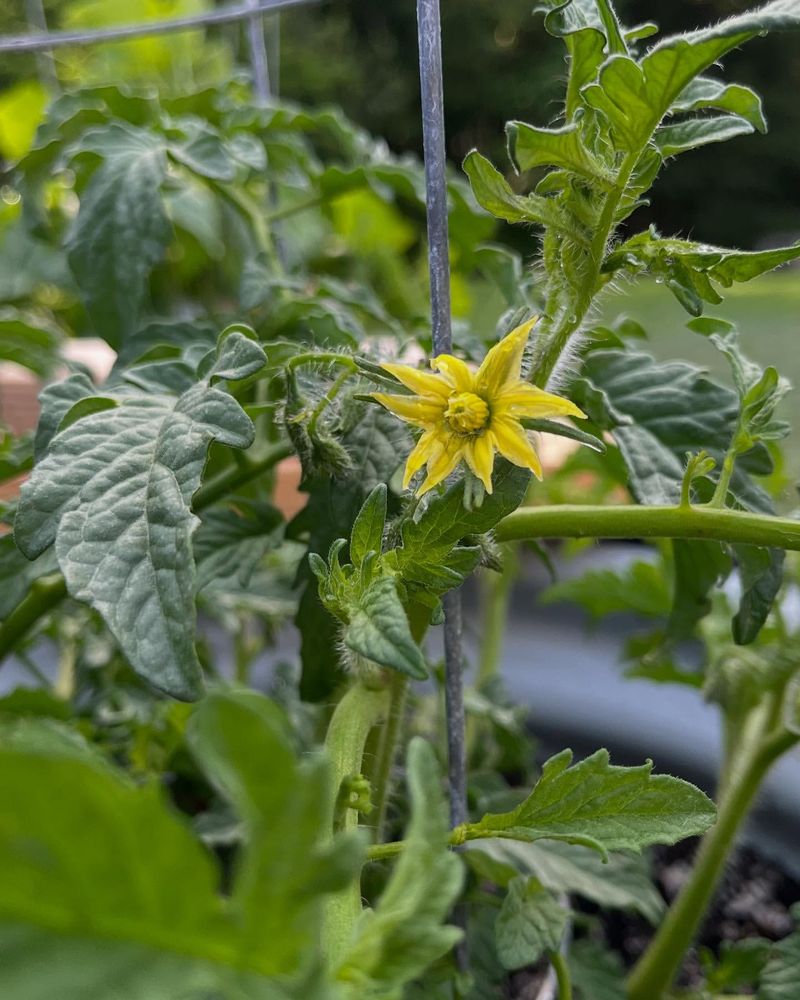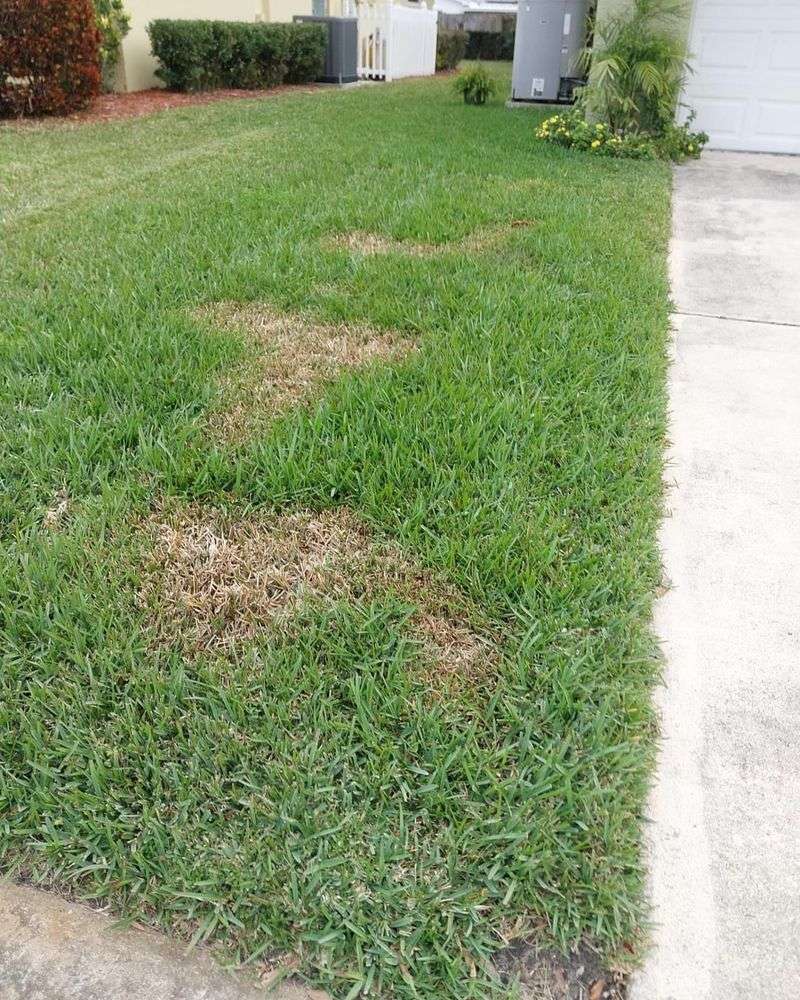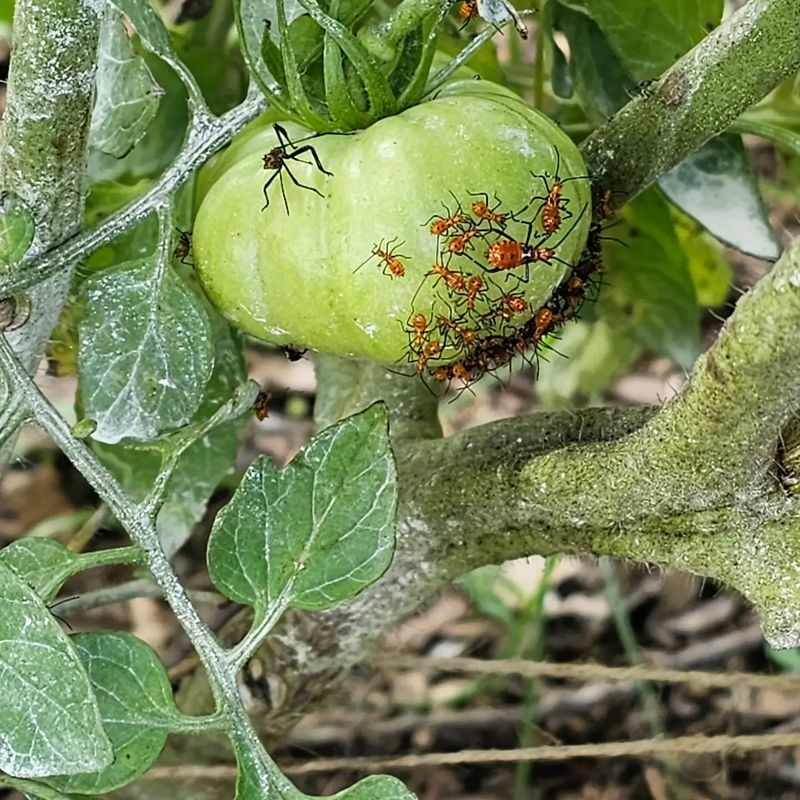Summer brings warmth and sunshine to our gardens, but also a host of pesky problems that can leave plants struggling. From scorching heat waves to hungry insects, your green oasis faces numerous challenges during the hottest months.
Thankfully, most summer garden troubles have simple solutions that don’t require expensive products or expert knowledge.
1. Wilting Plants Despite Regular Watering
Heat stress often causes plants to wilt even when soil feels moist. The roots simply can’t absorb water fast enough to replace what leaves lose through transpiration.
Create temporary shade using old bed sheets or specialized garden cloth suspended above vulnerable plants. Water deeply in early morning rather than frequent light sprinklings. Adding a layer of mulch around plants helps retain moisture and keeps soil temperatures lower.
2. Tomato Blossom End Rot
Those dark, leathery spots on the bottom of your tomatoes signal calcium deficiency. The frustrating part? Your soil might have plenty of calcium—the plants just can’t access it due to inconsistent watering.
Maintain even soil moisture with regular, deep watering and thick mulch. For immediate help, remove affected fruits and spray plants with calcium solution from garden centers. Next planting season, mix crushed eggshells into your tomato bed soil for slow-release calcium.
3. Powdery Mildew Outbreak
The white, flour-like coating spreading across your squash, cucumber, or zinnias is powdery mildew. This fungal disease thrives in humid conditions with poor air circulation, especially when leaves stay wet overnight.
Space plants properly and prune crowded areas to improve airflow. Water at soil level in morning hours so foliage dries quickly. Mix 1 tablespoon baking soda with 1 gallon of water and a drop of dish soap for an effective spray treatment. Apply weekly until symptoms disappear.
4. Japanese Beetle Invasion
Metallic green beetles with copper wings can skeletonize your roses and other prized plants in days. These destructive insects feed in groups, turning leaves into lace-like remnants while leaving behind only the veins.
Hand-pick beetles in early morning when they’re sluggish, dropping them into soapy water. Avoid Japanese beetle traps which can actually attract more to your yard! Spray neem oil on plants as a repellent. For long-term control, apply milky spore to your lawn to kill grubs.
5. Cracked Tomatoes and Splitting Fruits
Sudden heavy rain after dry periods causes fruits to absorb water too quickly. The inside grows faster than the skin, resulting in splits and cracks that invite rot and insects.
Maintain consistent soil moisture through regular watering schedules. Harvest fruits slightly before full ripeness during rainy periods. Applying mulch helps regulate soil moisture levels. Some varieties are more crack-resistant than others, so consider this when selecting next year’s seeds.
6. Stunted Growth and Yellow Leaves
Plants suddenly turning yellow and refusing to grow often indicate nutrient deficiencies. Nitrogen, the most common culprit, gets depleted quickly in summer’s heat, especially in containers or heavily planted beds.
Apply balanced organic fertilizer according to package directions. Compost tea makes an excellent quick-fix—steep compost in water overnight and use the liquid to water plants. For containers, switch to weekly applications of half-strength fertilizer rather than monthly full-strength doses.
7. Squash Vine Borers
Seemingly overnight, your healthy squash plants wilt dramatically. Check stems for small holes with sawdust-like material—the telltale sign of vine borer larvae tunneling inside.
Prevention works best: wrap young stem bases with aluminum foil or nylon stockings. For affected plants, carefully slit stems lengthwise where borers hide, remove the pests, then cover damaged area with soil. The plant can often regrow roots from this section and survive.
8. Sunscalded Vegetables and Fruits
White or tan leathery patches on peppers, tomatoes, or other fruits indicate sunscald—essentially a plant sunburn. Exposed fruits can’t handle intense direct sunlight, especially after losing leaf cover from pruning or disease.
Leave more foliage when pruning during hot weather. For already damaged plants, create dappled shade using shade cloth with 30% coverage. Position taller companion plants on the western side of susceptible crops to block intense afternoon sun.
9. Bolting Lettuce and Greens
Your lettuce suddenly shooting up tall flowering stalks signals bolting—the plant’s survival response to heat. Once bolting begins, leaves turn bitter and tough.
Plant heat-resistant varieties like ‘Jericho’ or ‘Summer Crisp’ types. Use shade cloth to keep soil temperatures lower. Harvest in early morning when leaves contain the most moisture. Succession planting every two weeks ensures continuous harvest before bolting occurs.
10. Aphid Colonies Taking Over
Tiny green, black, or white insects clustering on new growth and buds are aphids. They multiply incredibly fast in summer, sucking plant juices and leaving behind sticky honeydew that attracts ants.
Blast plants with strong water spray to dislodge aphid colonies. Encourage beneficial insects like ladybugs and lacewings by planting flowers nearby. For serious infestations, insecticidal soap spray works without harming beneficial insects. Apply in evening when temperatures are cooler.
11. Cucumber Bitterness
Biting into a homegrown cucumber only to taste extreme bitterness ruins the harvest experience. Cucurbitacins, compounds that develop under stress, cause this unpleasant flavor.
Consistent watering prevents stress-induced bitterness. Harvest cucumbers when young—about 6-8 inches for slicing types. Growing bitter-free varieties like ‘Marketmore’ helps avoid the problem entirely. Remove the first inch from the stem end where bitterness concentrates if mild bitterness occurs.
12. Faded Flower Colors
Vibrant flowers looking washed-out and pale after a few hot days frustrates many gardeners. Intense sunlight bleaches pigments in delicate blooms, especially purples, blues, and reds.
Plant heat-sensitive flowers where they receive morning sun but afternoon shade. Deadhead faded blooms promptly to encourage fresh flowering. Water deeply during hot spells to reduce heat stress. Some varieties like ‘Summer Pastels’ yarrow and ‘Profusion’ zinnias maintain color better in heat.
13. Fungal Leaf Spots
Brown or black spots with yellow halos spreading across leaves signal fungal diseases that thrive in summer’s humidity. Left unchecked, these diseases defoliate plants and reduce harvests.
Remove and dispose of affected leaves immediately—never compost them. Water at soil level in morning hours only. Apply organic fungicide containing copper or sulfur according to package directions. Space plants properly for good air circulation to prevent future outbreaks.
14. Drooping Container Plants
Container gardens dry out incredibly fast during summer heat waves. Plants can go from perky to dramatically drooping in just hours when pots bake in the sun.
Group containers together to create humid microclimate and reduce evaporation. Add water-retaining polymer crystals to potting mix when planting. For emergency revival, place severely wilted containers in shallow water until bubbles stop rising. Consider self-watering containers for vacation periods.
15. Corn Earworms
Opening a fresh ear of homegrown corn only to find a worm munching at the tip disappoints many gardeners. These caterpillars hatch from eggs laid by moths directly on corn silks.
Apply several drops of mineral oil to silk tips when they begin to brown—this suffocates newly hatched larvae before they can tunnel into ears. Plant early-maturing varieties to harvest before peak moth season. For organic gardens, beneficial nematodes help control populations.
16. Blossom Drop in Peppers and Tomatoes
Flowers falling off without forming fruits frustrates gardeners waiting for tomato and pepper harvests. Temperature extremes above 90°F or below 55°F prevent proper pollination, causing blossoms to abort.
Provide afternoon shade during heat waves using shade cloth. Mist plants in early morning to increase humidity and cool the air around blossoms. Hand-pollinate by gently shaking plants midday when pollen is most viable. Heat-tolerant varieties suffer less blossom drop.
17. Lawn Brown Spots
Dead brown patches appearing in previously green lawns often indicate grub damage. These C-shaped larvae feed on grass roots, killing sections that easily pull up like loose carpet.
Confirm grubs by digging up edge of damaged area—5+ grubs per square foot indicates treatment needed. Apply beneficial nematodes or milky spore as organic controls. Water deeply but infrequently to encourage deeper root growth. Consider replacing trouble spots with drought-tolerant ground covers.
18. Leaf-Footed Bugs on Tomatoes
Large brown bugs with leaf-shaped legs clustering on tomatoes cause dimpled, deformed fruits with yellow spots under the skin. These insects use piercing mouthparts to suck plant juices.
Hand-pick bugs in morning when they move slowly, dropping them into soapy water. Remove nearby weedy areas where they overwinter. Kaolin clay spray creates a protective barrier bugs dislike. Row covers work well until plants begin flowering, when they need pollinator access.

